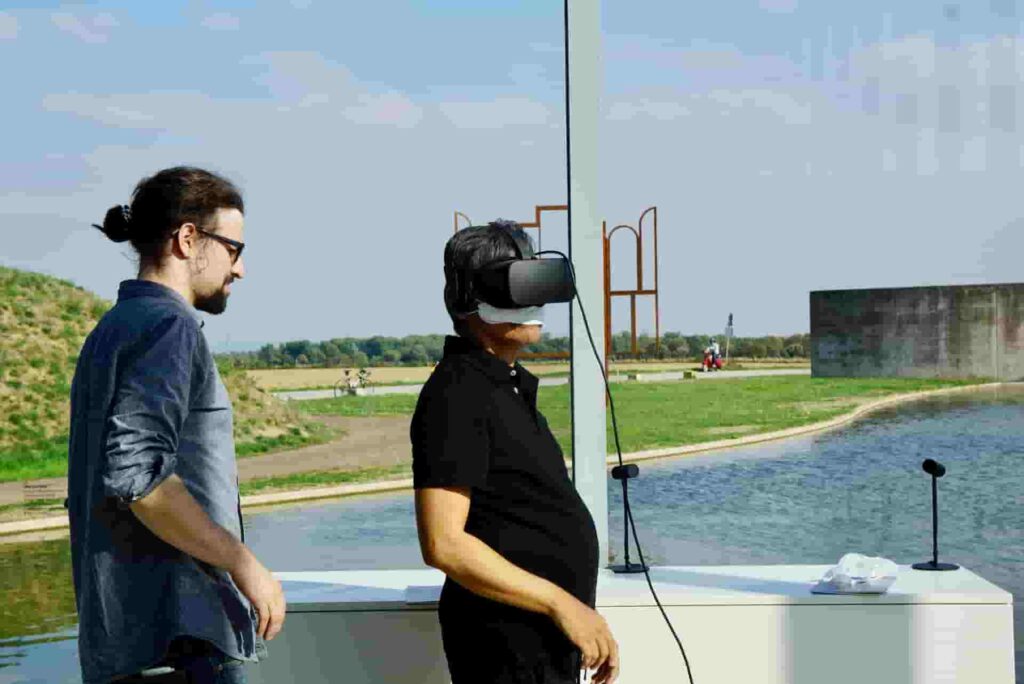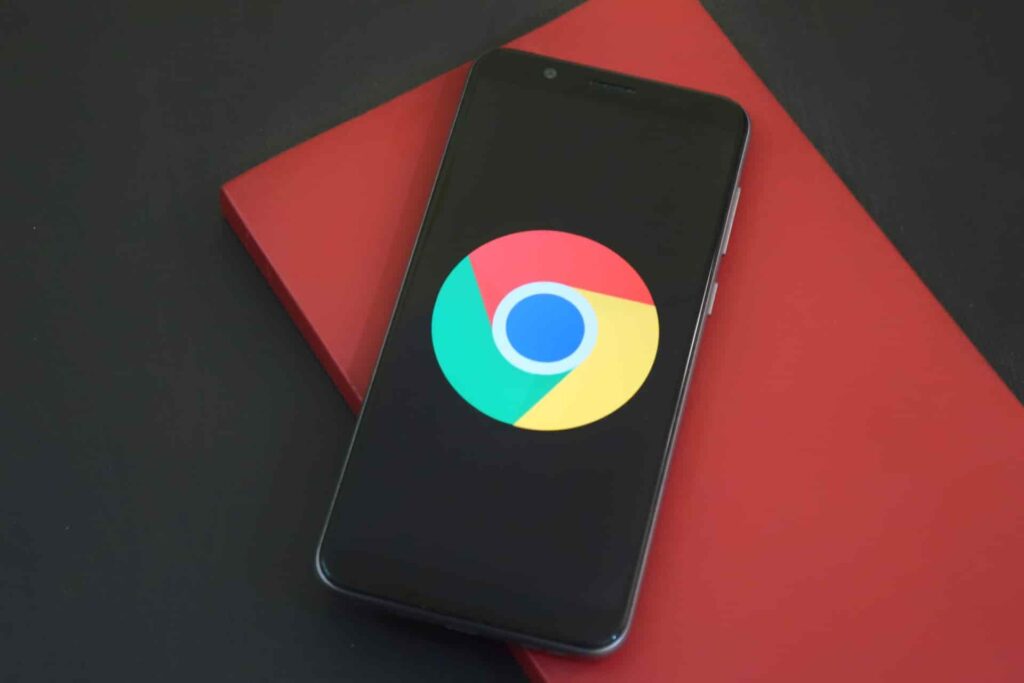Through the use of virtual positioning systems, users may engage in more immersive and realistic interactions with virtual environments. These systems track users’ movements and locations inside a virtual realm using a combination of hardware and software, giving them a sensation of presence in that place.
Virtual positioning systems have the ability to open up new avenues for enjoyment and social engagement in addition to their utilitarian uses. For instance, virtual positioning technology-based virtual reality gaming experiences can enable users to physically move around and engage with their virtual environment in a more lifelike and engaging manner.
Similarly to this, people may be able to communicate with one another virtually as if they were physically there using social networks for virtual reality that employ virtual positioning.
How Virtual Positioning Works
To track users’ movement and location inside a virtual area, virtual positioning systems combine hardware and software. Typically, the hardware component is made up of sensors that are fastened to the user’s body or to a piece of equipment like a headset or hand controller.
The software component updates the user’s location and orientation inside the virtual world using the data that the sensors collect regarding the user’s movement and orientation.
Overall, virtual positioning systems work by using a combination of hardware and software to track the movement and orientation of users within a virtual space, it allows them to interact with the virtual environment in a more realistic and immersive way.
What are the Benefits of Virtual Positioning
There are several benefits to using virtual positioning systems:
Enhanced realism and immersion: A higher sensation of presence in the virtual realm is created by virtual positioning systems, which make it possible for users to interact with virtual surroundings in a more realistic and engaging fashion.
New forms of entertainment and social interaction: New types of entertainment and social engagement, such as virtual reality games and virtual reality social networks, maybe it is made possible by virtual positioning systems.
Greater accuracy and precision: Robots may carry out activities with a high degree of precision and repeatability by using virtual positioning systems, which provide robots with a thorough awareness of their position and orientation inside a virtual environment.
Telepresence: Virtual positioning systems can be used in telepresence applications to enable remote users to participate in meetings and other events as if they were physically present.
Training and education: Through the use of virtual positioning systems, users may acquire and practice new abilities in a virtual environment for training and educational reasons.
Cost savings: Virtual positioning systems can help reduce the costs associated with training, education, and travel by enabling these activities to be carried out in a virtual environment.
Difference Between GPS and VPS
Both the Global Positioning System (GPS) and the Virtual Positioning System (VPS) are used to locate and orient devices and objects. But there are some significant differences between the two.
| Global Positioning System | Virtual Positioning System |
|---|---|
| GPS is a physical positioning system that uses a network of satellites to determine the location of a device or object in the real world. | VPS determines the location of a device or object within a virtual environment. |
| The Accuracy of GPS is more than VPS, as it relies on a network of physical satellites to determine the location of a device or object | VPS relies on sensors and software to track the movement and orientation of a device or object, which can be less accurate than GPS. |
| GPS is primarily used for navigation and finding locations in the real world. | VPS is primarily used for virtual reality and telepresence applications |
| GPS requires a device with a GPS receiver, such as a smartphone or GPS-enabled device, to determine its location. | To locate and rotate an item or object inside a virtual world, VPS systems often need extra hardware like sensors and tracking gadgets. |
In general, GPS and VPS are two different kinds of positioning systems that are utilised for various purposes, have various hardware requirements, and have varying degrees of precision.
Bottomline
Virtual positioning systems are currently utilized in a variety of industries, and as technology advances and becomes more accessible, there is a good chance that this trend will continue.
Examples include the employment of virtual positioning technology in virtual reality headsets and hand controllers for training, education, and entertainment.
Additionally, telepresence programs employ virtual positioning technologies to let distant users take part in meetings and other events as if they were physically present at that place.
Also Read: AMOLED VS TFT Display



